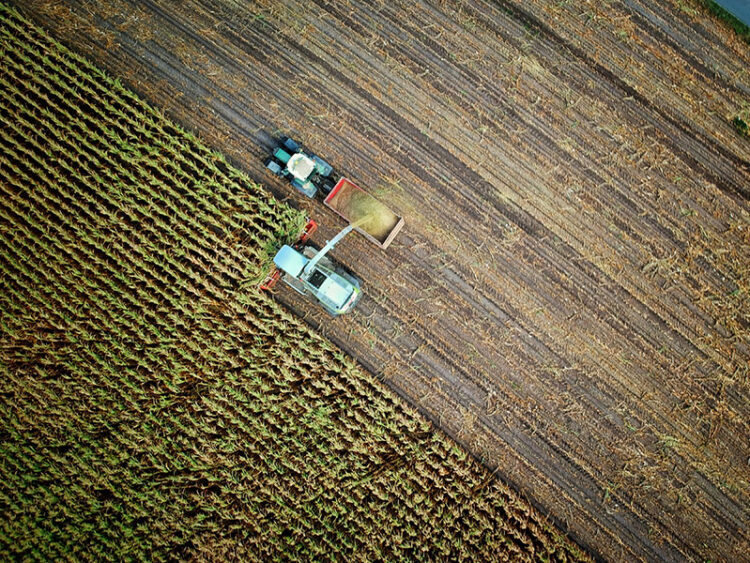A groundbreaking study has unveiled critical insights into the evolution of fungal pathogens, highlighting the impact of decades of pesticide use and intensive farming on agricultural ecosystems. Researchers, led by Dr. Dagan Sade and supervised by Professor Gila Kahila from the Hebrew University of Jerusalem, revived 80-year-old fungal specimens from a museum collection to compare them with contemporary strains. The findings, published in the journal iScience, may pave the way for more sustainable farming practices.
Focusing on Botrytis cinerea, a notorious plant pathogen responsible for gray mold disease affecting over 200 crop species, the study reveals the significant economic impact of this fungus, contributing to billions of dollars in annual losses. The historical specimens, curated at the National Natural History Collection since the early 1940s—prior to the widespread use of modern agrochemicals—were subjected to advanced analyses, including whole-genome sequencing and metabolomics.
The results were striking. Researchers discovered significant genetic and functional differences between historical strains and modern lab counterparts. Notably, the historical fungi exhibited reduced signs of fungicide resistance, a trait increasingly prevalent in modern strains due to extensive chemical application. Moreover, the historical specimens demonstrated variations in pathogenicity, indicating they were likely less specialized and aggressive compared to their contemporary relatives.
“These fungi have been quietly evolving in response to everything we’ve done in agriculture over the past 80 years,” said Dr. Sade. “By comparing ancient and modern strains, we can measure the biological cost of human intervention—and learn how to do better.”
The implications of this research are far-reaching, especially in the context of climate change, pesticide overuse, and declining soil health. Understanding how plant pathogens adapt to human activities is crucial for developing sustainable agricultural systems. Reviving these historical microorganisms provides a vital reference point for distinguishing between natural evolutionary changes and those driven by human influence.
Additionally, the study contributes to global efforts aimed at predicting and managing plant disease outbreaks. Insights into how pathogens have adapted to past environmental shifts may enhance models of future risks, aiding in the design of resilient crop protection strategies that reduce reliance on harmful chemical treatments.
As agriculture faces unprecedented challenges, the lessons learned from these ancient pathogens may prove invaluable for shaping a more sustainable and secure future for global food production.













